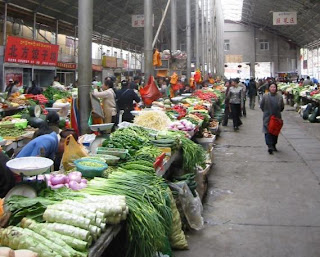- Does merely offering easy access to formal savings accounts improve savings and other household outcomes?
- Are such impacts magnified when the savings accounts offered have commitment features, such as an option to voluntarily restrict one’s own ability to make withdrawals for a definite period of time?
- Third, if offering accounts with commitment features leads to larger impacts, what is the underlying mechanism through which the effect operates?
So what can be inferred from this – the rural farmers utilized the savings accounts for sure. Having access to a commitment feature helped them plan for better agriculture as well as household expenditure in the following planting season. The study does have the shortcoming of not keeping track of high-frequency consumption, which could have told us if the commitment feature prevented them from hasty consumption. Did possession of a commitment savings account enable them to move towards more financial discipline or did it just provide them an avenue to make better financial decisions? Though the study does not have any conclusive evidence on these, it surely provides the cause of formal savings products a further impetus.






